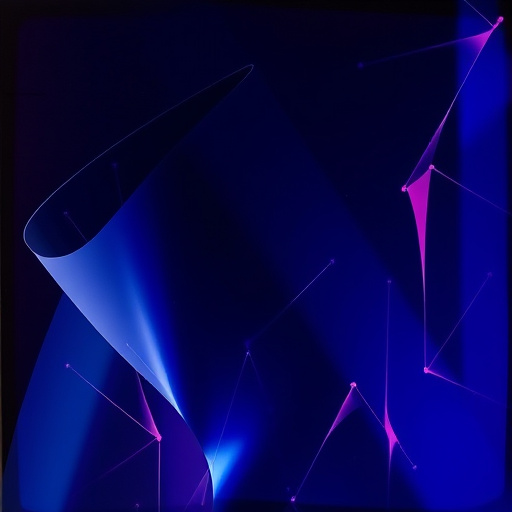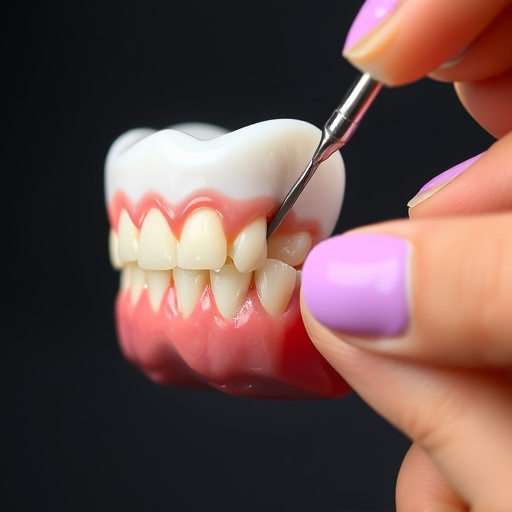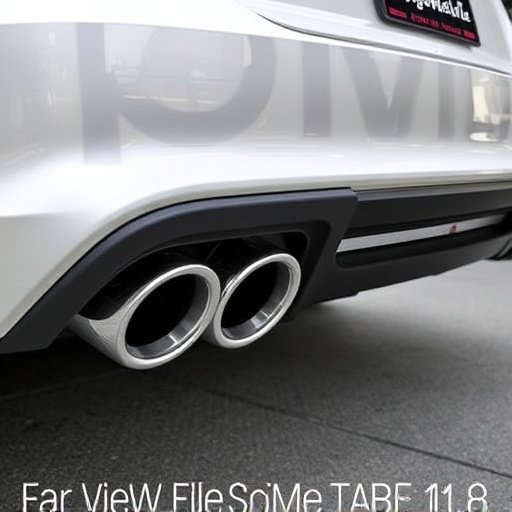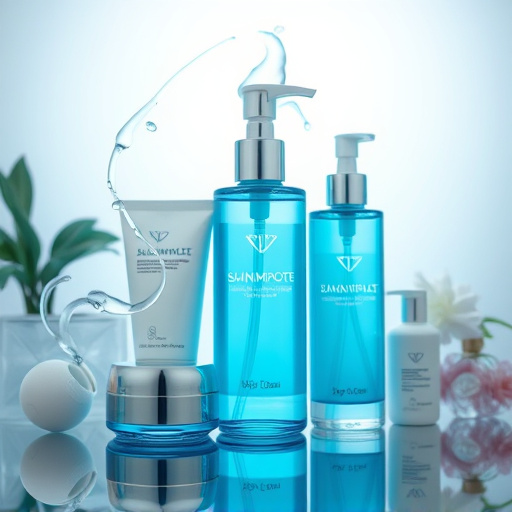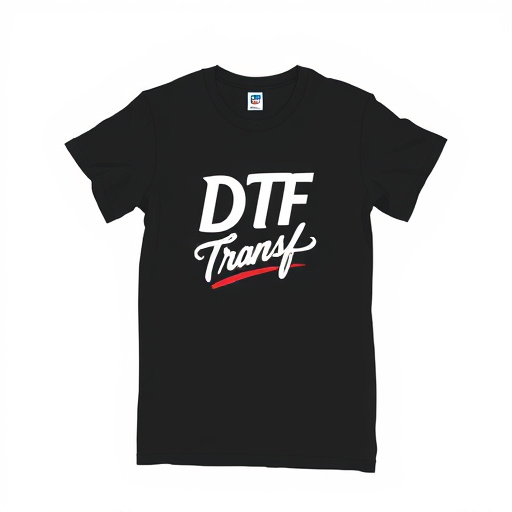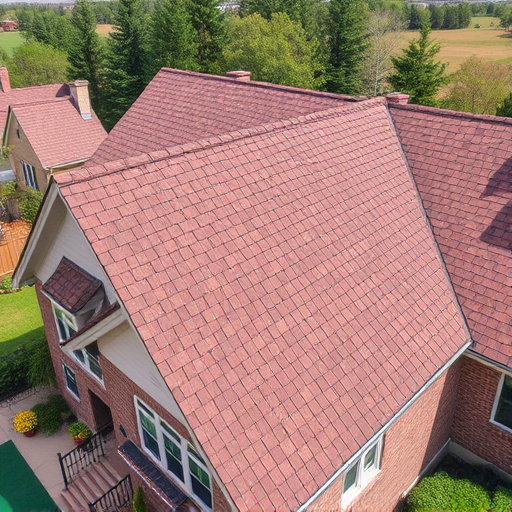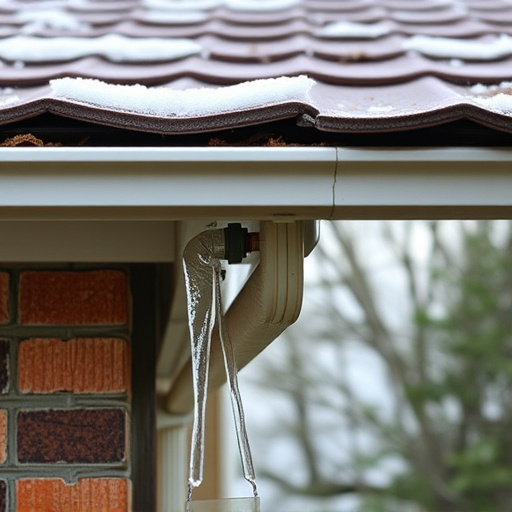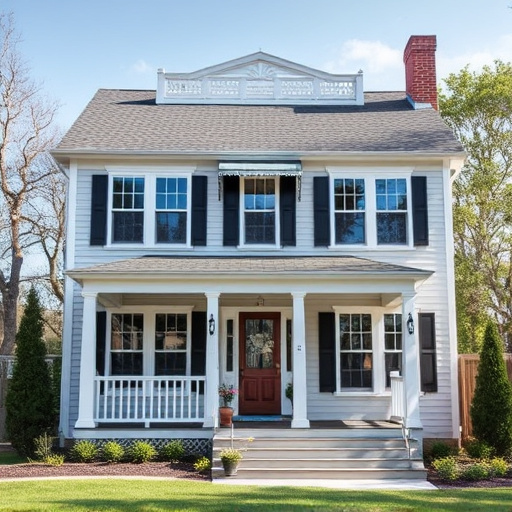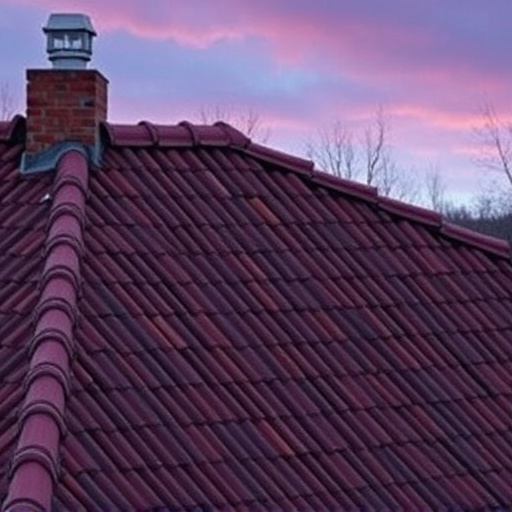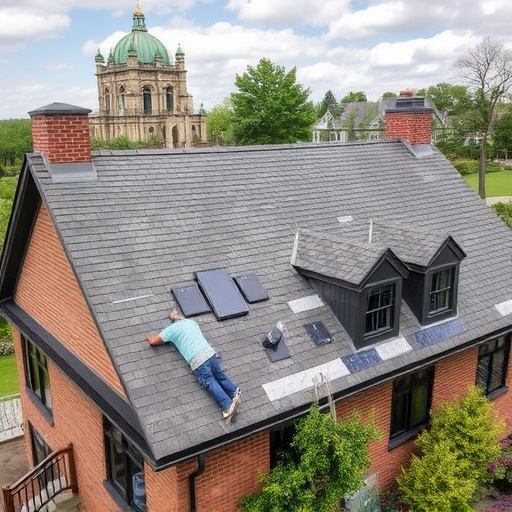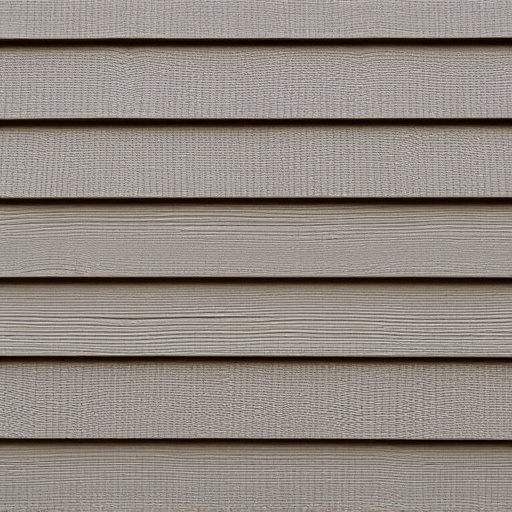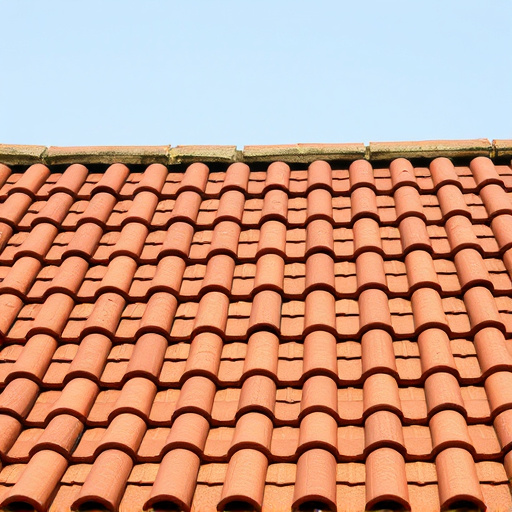Vinyl siding is a popular choice for homeowners due to its affordability, ease of installation, durability, and wide range of styles. However, it has environmental drawbacks and lower energy efficiency. For commercial roofing or home improvement projects, professionals suggest weighing initial costs against long-term benefits of more durable siding solutions like fiber cement. Vinyl's resilience against extreme weather, versatility in design, low maintenance, and structural integrity make it a top choice for both residential and commercial projects, offering excellent insulation and water repellence with quick installation.
“Discover the perfect exterior upgrade with our comprehensive guide to siding solutions. We pit two popular choices against each other: vinyl and fiber cement siding. From unique features and benefits to potential drawbacks, we explore what makes these materials stand out. Learn about the durability, aesthetics, customization, and cost-effectiveness of each, helping you make an informed decision for your home’s exterior renovation.”
- Understanding Vinyl Siding: Pros and Cons
- – 1.1 Unique Features of Vinyl
- – 1.2 Benefits of Using Vinyl Siding
Understanding Vinyl Siding: Pros and Cons
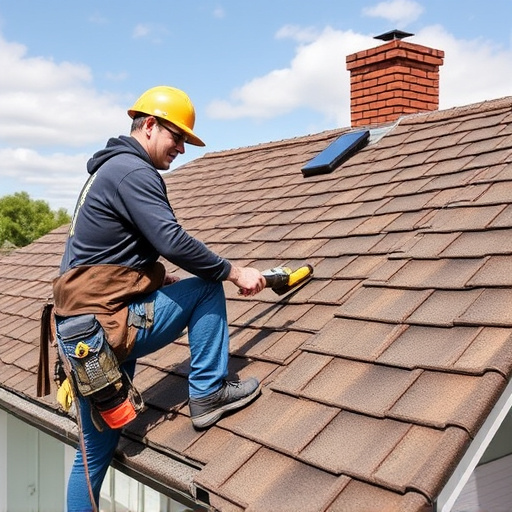
Vinyl siding has been a popular choice among homeowners for several reasons. As one of the most common siding solutions, it offers an affordable and low-maintenance option. The pros include ease of installation, durability against weather conditions, and a wide range of styles to suit various architectural designs. Its flexibility allows for intricate patterns and colors, making it an attractive and cost-effective alternative to traditional materials like wood or fiber cement.
However, there are also some drawbacks. Vinyl siding is not as environmentally friendly as other options, as it is often made from non-renewable resources and can be challenging to recycle. It may also degrade over time when exposed to intense UV radiation, leading to fading and cracking. Moreover, while it provides good insulation, it is not as energy-efficient as fiber cement siding, especially in extreme climates. Thus, for commercial roofing or home service solutions, professionals often recommend considering the long-term benefits of other siding solutions like fiber cement, weighing the initial costs against durability and longevity.
– 1.1 Unique Features of Vinyl
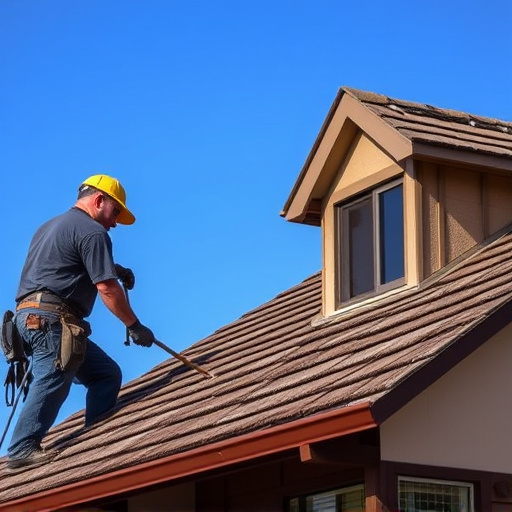
Vinyl siding has established itself as a popular choice among homeowners seeking exterior home improvements. One of its unique features is its durability; it can withstand extreme weather conditions, including high winds and heavy snowfall, without succumbing to damage. This makes vinyl an attractive option for those living in regions with harsh climates. Moreover, it’s low-maintenance, requiring minimal cleaning and repair, saving homeowners time and money on maintenance costs.
Another advantage of vinyl is its versatility. It comes in various styles, colors, and textures, allowing homeowners to achieve the look they desire without breaking the bank. Unlike traditional residential roofing materials, vinyl siding is easy to install and can be done as a DIY project for those with moderate skill levels. This accessibility contributes to its appeal, making it a feasible solution for both new construction and existing homes undergoing renovation.
– 1.2 Benefits of Using Vinyl Siding
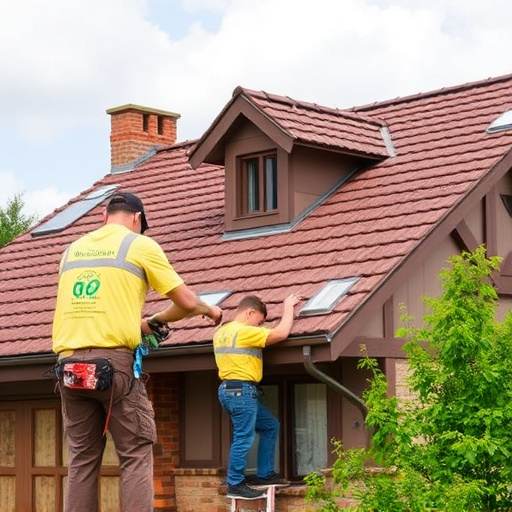
Vinyl siding offers numerous advantages for both residential and commercial properties, making it a popular choice among homeowners and professionals alike. One of the key benefits is its durability; vinyl is resistant to fading, cracking, and warping, ensuring your siding remains in pristine condition for years. This low-maintenance material withstands harsh weather conditions, from extreme temperatures to heavy rainfall, without compromising its structural integrity.
Additionally, vinyl siding provides excellent insulation, contributing to energy efficiency and reduced utility bills. Its smooth surface repels water effectively, preventing moisture ingress into walls, which is a common issue with traditional materials. This feature not only extends the lifespan of your home’s exterior but also creates a more comfortable indoor environment. Moreover, vinyl siding installation is relatively quick and straightforward, making it a cost-effective and time-saving siding solution for any residential roofing project.
When comparing vinyl and fiber cement siding, each offers unique advantages. Vinyl stands out for its low maintenance, durability, and versatility in styles, making it an attractive option for homeowners. On the other hand, fiber cement siding excels in fire resistance, moisture tolerance, and long-term cost-effectiveness. Ultimately, choosing between these siding solutions depends on individual preferences, climate conditions, and budget considerations. Both options provide reliable and aesthetically pleasing ways to enhance a home’s exterior.
